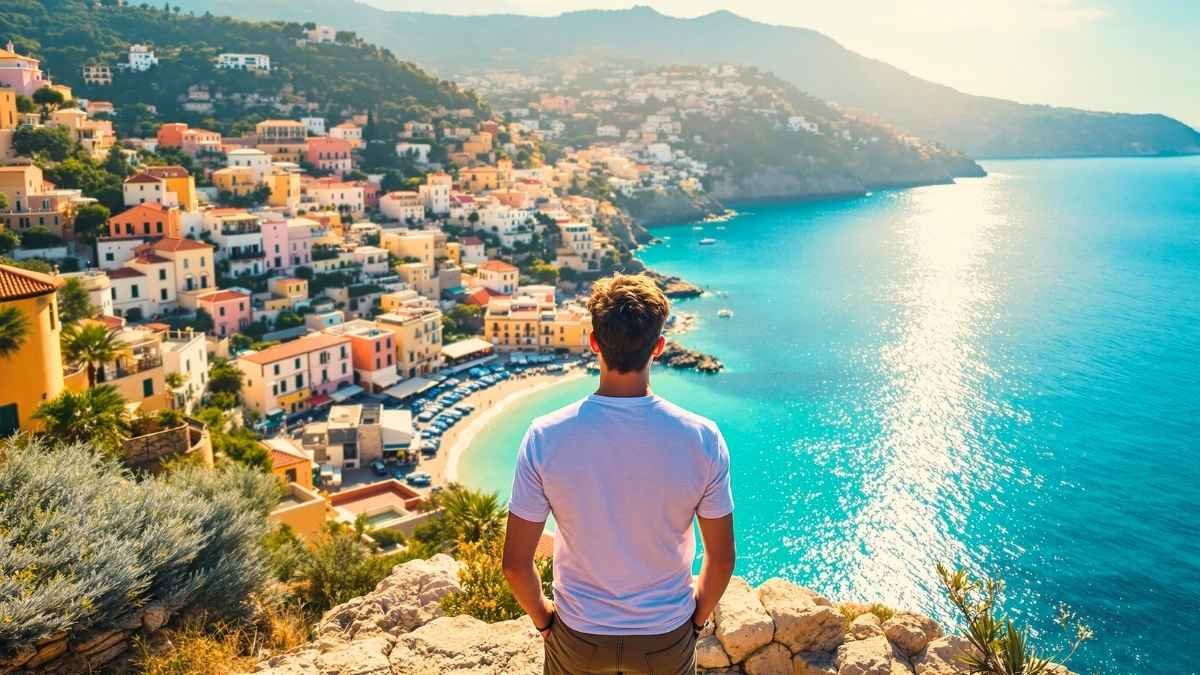
Ever dreamed of trading rent checks for a life steeped in tradition, where your “commute” leads to an ancient workshop, and your rent is paid with curiosity and care?
Across the globe, hidden pockets of culture are opening their doors—not to tourists, but to those willing to live, learn, and help preserve something sacred. These aren’t vacations. They’re invitations.
Invitations to wake in centuries-old homes, craft with your hands, and leave a legacy by keeping someone else’s alive. If you’ve ever craved meaning over movement, or story over sightseeing, this is your map. Let’s explore the rarest visas on Earth.
1. Japan (Okinawa Islands)

Japan’s Okinawa Islands have long been known for their centuries-old Ryukyuan culture, vibrant textiles, and spiritual rituals that predate even mainland Japanese traditions. Now, to preserve these endangered traditions, Okinawa is offering a “Cultural Residency” visa, specifically geared toward creatives, historians, and artisans. As part of the program, participants live rent-free in restored wooden homes, often called kominka, in exchange for studying and practicing traditional crafts like bingata textile dyeing, sanshin music, or Okinawan karate in its birthplace.
One of the most incredible parts of this program is how intergenerational the learning is. You’re not just reading about tradition—you’re being taught by 80-year-old masters whose hands still move with the skill and elegance of decades. Many residents become part of the extended village family, helping during festivals or joining in moon-viewing gatherings under paper lanterns.
Okinawa stands out not just because of its rich culture, but also for its laid-back subtropical charm. Unlike the bustling cities of Tokyo or Kyoto, Okinawa invites you to slow down, eat purple sweet potato ice cream by the beach, and let time dissolve as you re-learn what it means to live deliberately.
Quick Notes:
- Best Months to Visit: March to May, October to November (mild temperatures, fewer typhoons)
- Traditional Crafts Offered: Bingata dyeing, sanshin, lacquerware, Okinawan calligraphy
- Language Requirements: Basic Japanese is helpful but not required; local mentors often use interpreters
- Commitment Duration: 3 to 12 months
- Visa Type: Cultural Exchange Residency (administered via local municipalities)
2. Italy (Sardinia)
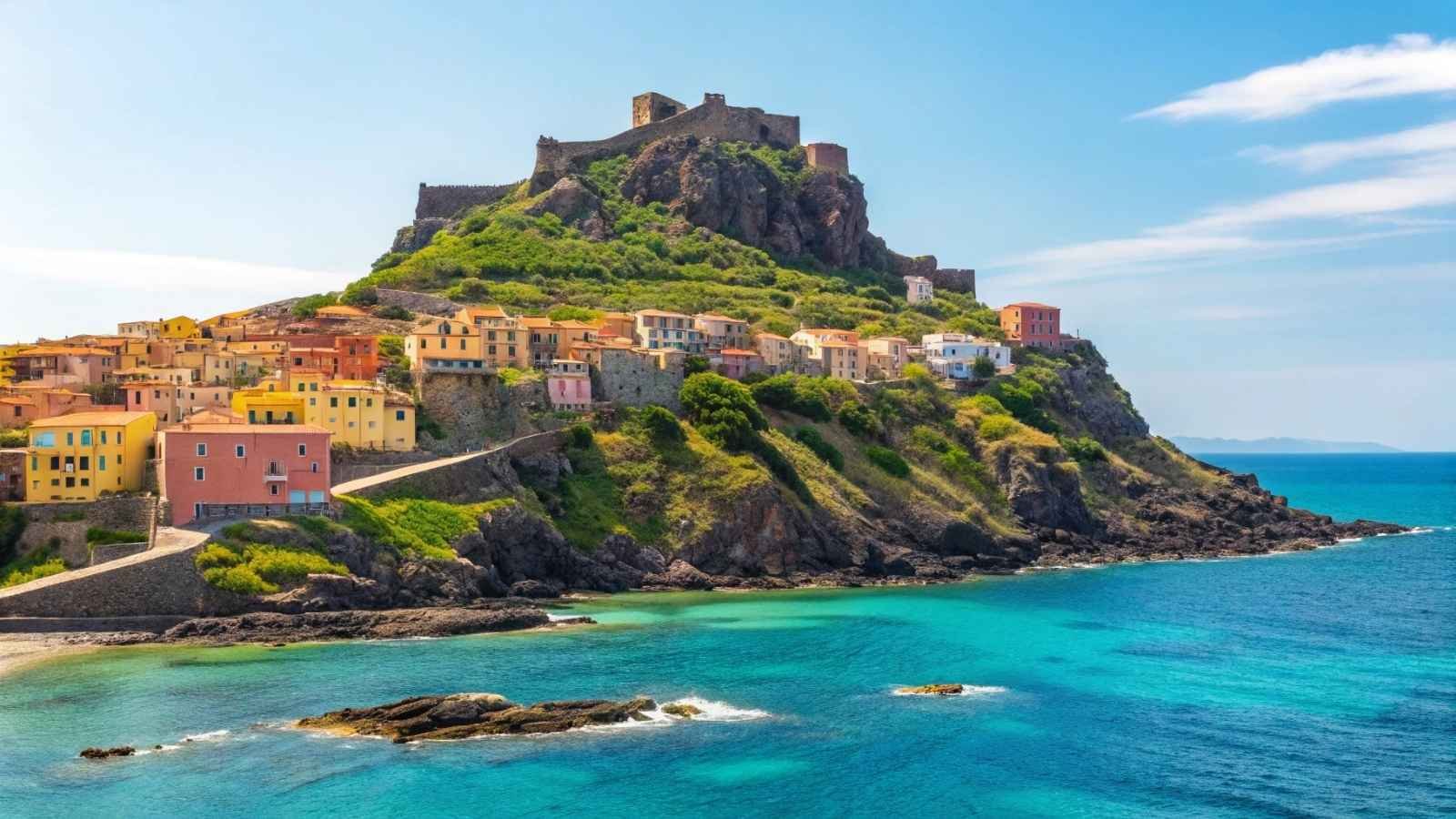
Sardinia’s cultural preservation initiative is a dream for those enamored with stone-carved towns, shepherd culture, and the kind of food that’s been slow-cooked for generations. Through this visa, you’ll reside rent-free in ancient homes or small hamlets being revitalized under the government’s rural revival project. In return, you apprentice in local crafts like weaving traditional Sardinian textiles, cheese-making, or restoring dry-stone walls.
What’s fascinating about Sardinia is that it doesn’t treat visitors like tourists—it treats them like cultural stewards. You’ll walk past locals hand-spinning wool while children chase goats through cobbled streets. And after a long day of apprenticing, you might be invited into someone’s home for a glass of cannonau wine and a wedge of pecorino.
The island’s isolation has preserved more than just dialects—it’s protected a way of life. You’ll be encouraged to learn Sardinian alongside Italian, and many programs include language classes. It’s immersive, but not overwhelming, and always deeply human.
Quick Notes:
- Best Months to Visit: April to June, September to October (warm but not too hot)
- Traditional Crafts Offered: Loom weaving, dry-stone masonry, cheese-making, knife forging
- Language Requirements: Italian helpful; Sardinian dialect exposure expected
- Commitment Duration: 6 months to 1 year
- Visa Type: “Cultura Viva” permit (regional application required)
3. Greece (Crete)

Crete, the mythic birthplace of Zeus and the cradle of Minoan civilization, is now pioneering a cultural preservation visa for those passionate about history and traditional Greek island life. Participants live rent-free in whitewashed homes nestled in mountain villages while studying Byzantine iconography, Cretan lyra music, pottery, or herbal medicine.
The experience isn’t just about learning a craft—it’s about becoming part of the ancient rhythm of the island. You’ll share slow afternoons with elders teaching you how to bake wood-fired bread, and evenings might be filled with music under olive trees. It’s not romanticized—it’s rustic, hands-on, and unsanitized in the best way.
Crete’s program stands out for its blend of archaeological learning and agrarian living. Participants often get to assist with local heritage conservation, even working with archaeologists on ruins nearby. If you’re someone who loves history, food, and working with your hands, this is a rare opportunity to do all three every day.
Quick Notes:
- Best Months to Visit: May to June, September to early November (avoid peak tourist season)
- Traditional Crafts Offered: Icon painting, lyra playing, pottery, herbalism
- Language Requirements: Greek is helpful but not required; mentors are often bilingual
- Commitment Duration: 3 to 9 months
- Visa Type: Cultural Immersion Residency (offered via Crete Heritage Council)
4. Portugal (Azores)

The Azores, often called the “Hawaii of Europe,” are offering a Cultural Preservation visa that feels like stepping into a time capsule. You’ll stay rent-free in basalt stone cottages amid hydrangea-lined paths and participate in whale-bone scrimshaw carving, traditional Azorean embroidery, and even volcano-fueled bread baking.
What makes this program distinct is its connection to both land and sea. You’re not just learning crafts; you’re absorbing knowledge tied to volcanic soil, Atlantic winds, and generational storytelling. Many of the older residents still know the stories of whaling ships and Catholic festivals carried out since the 1500s. They share them generously over meals and music.
The Azores also offer one of the most eco-integrated experiences in Europe. Many cultural projects involve sustainable farming, rewilding efforts, or conservation linked to traditional lifestyles. It’s perfect for someone looking to blend environmental consciousness with artisanal tradition.
Quick Notes:
- Best Months to Visit: May to August (warm, lush, minimal rain)
- Traditional Crafts Offered: Scrimshaw, lacework, ceramic glazing, bread-baking in volcanic stone ovens
- Language Requirements: Portuguese helpful; local guides often assist in English
- Commitment Duration: 2 to 6 months
- Visa Type: Cultural Sustainability Visa (via regional Azorean councils)
5. Indonesia (Bali)
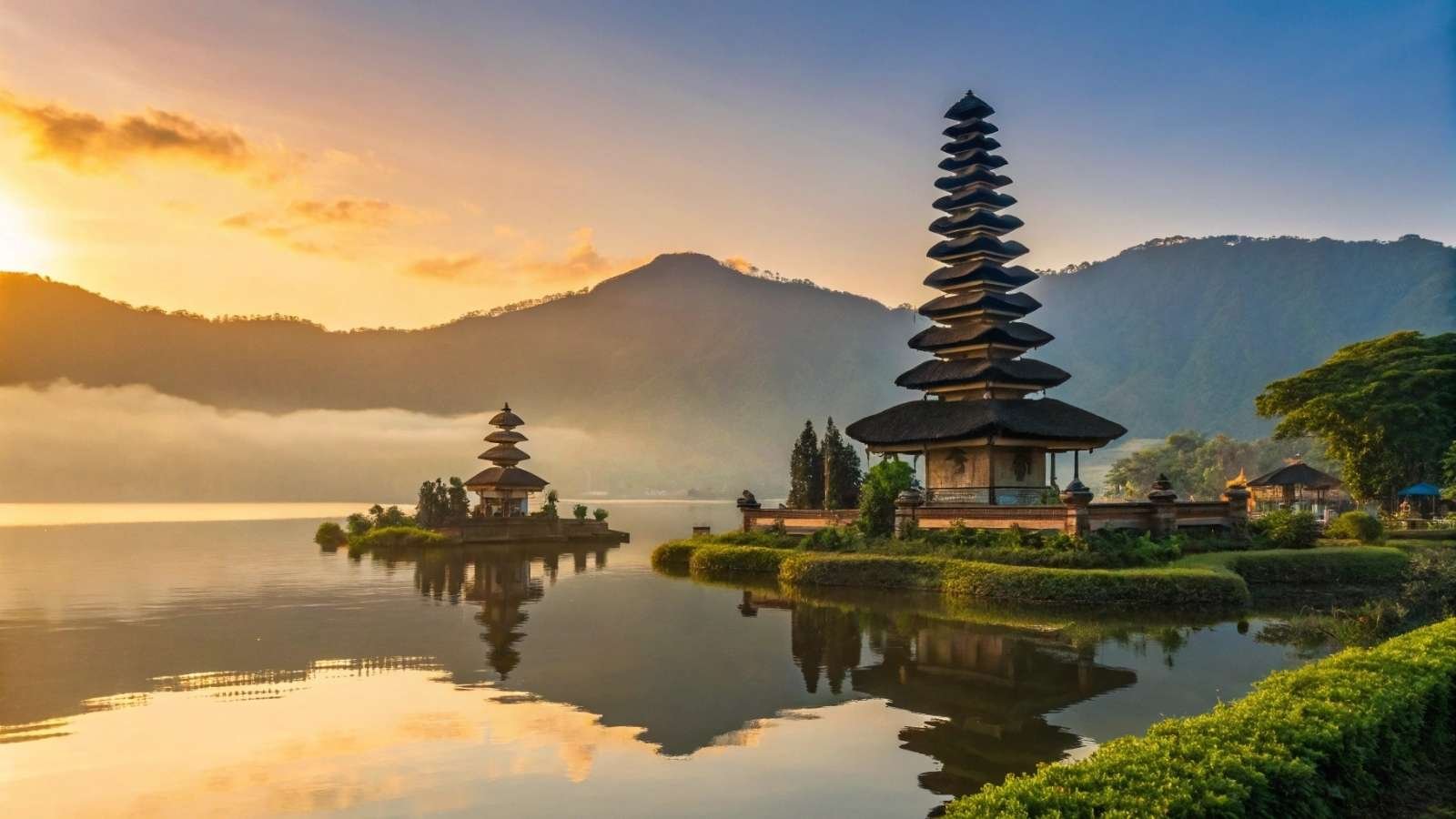
Yes, Bali is a magnet for yoga and digital nomads—but beyond that is a powerful effort to protect Balinese Hindu craftsmanship and temple architecture through a unique cultural visa. Participants live rent-free in restored family compounds or temple-adjacent homes, while training in wood carving, Batik making, gamelan music, or sacred dance under master artisans.
What sets Bali apart is the spiritual dimension of everything. The art here isn’t just decorative—it’s devotional. You’re not just learning to carve—you’re learning to create for the gods. Days are often punctuated by temple ceremonies, and even your lessons may start with offerings of incense and flowers.
The island’s cultural heartbeat is strong, and newcomers are welcomed with warmth and curiosity. You’ll likely be invited to village rituals, sunrise processions, or night markets bursting with color and scent. And though it’s immersive, there’s also an infrastructure of support from NGOs and cultural centers helping you integrate thoughtfully.
Quick Notes:
- Best Months to Visit: April to October (dry season, less humidity)
- Traditional Crafts Offered: Batik, gamelan, wayang puppet-making, dance, wood and stone carving
- Language Requirements: Bahasa Indonesia is useful but not essential; many artists speak some English
- Commitment Duration: 3 to 12 months
- Visa Type: Cultural Exchange Permit (via Bali Creative Council or local temples)
6. Philippines (Palawan)
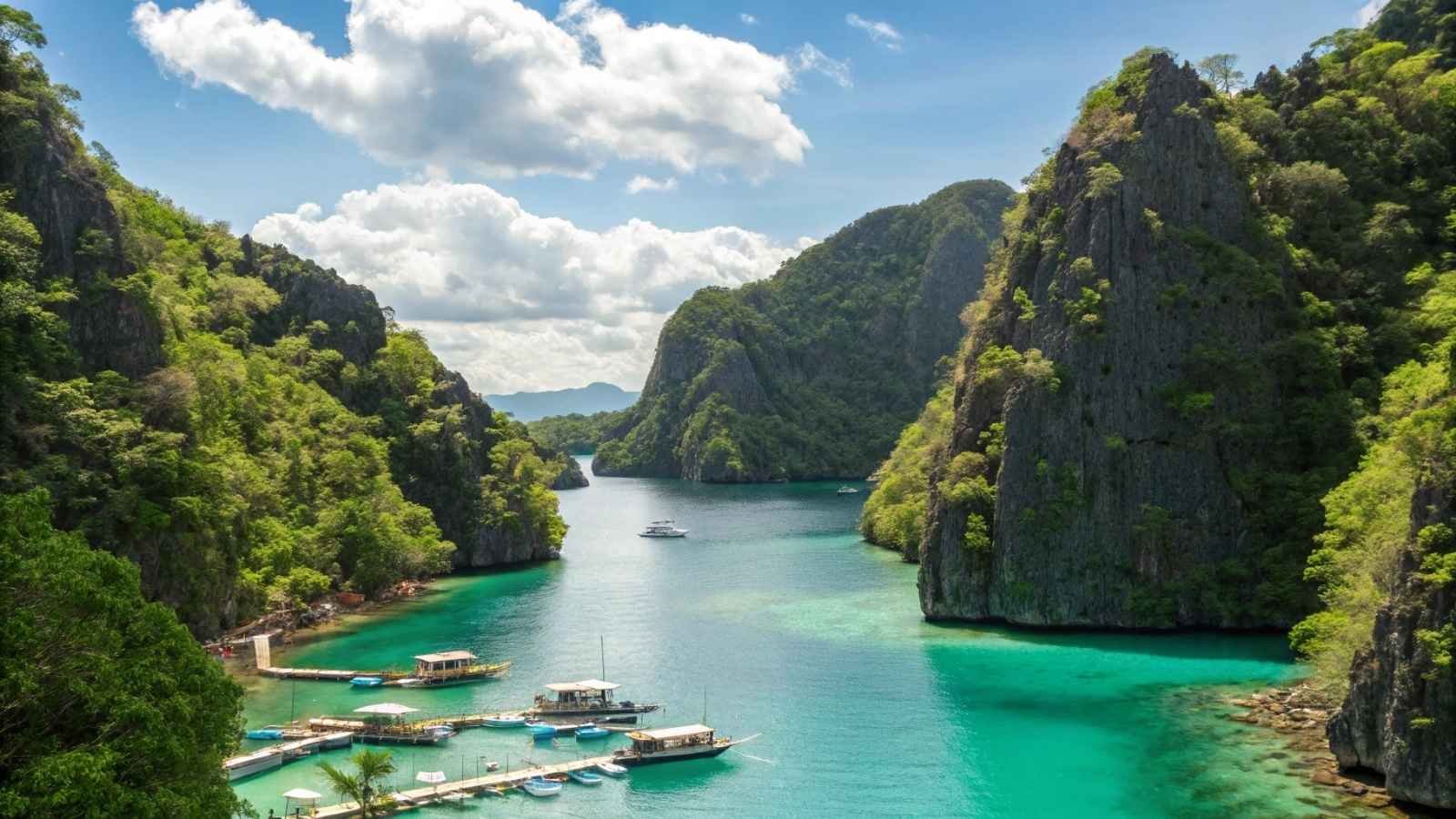
Palawan isn’t just about turquoise lagoons and limestone cliffs—it’s also the cultural heartland of indigenous Tagbanua and Cuyonon communities. Through a growing initiative supported by local heritage NGOs, visitors can now live rent-free in traditional bamboo stilt homes, working side by side with artisans and elders to preserve ancestral weaving, boat-making, and natural dyeing techniques.
One of the most transformative aspects of this experience is the sense of community involvement. You’re not an outsider observing—you’re woven into daily life, from morning fish hauls to moonlit story circles. Whether you’re helping restore a sea-spirit shrine or learning to ferment bagoong, your hands and heart are in the work.
Cultural preservation here often extends to marine traditions, like the ancient art of crafting the paraw, a double-outrigger sailboat. It’s a rare opportunity to not only learn but to support a culture that’s actively adapting to climate challenges while protecting its heritage.
Quick Notes:
- Best Months to Visit: November to May (dry season)
- Traditional Crafts Offered: Basket weaving, boat-building, natural dyeing, oral storytelling
- Language Requirements: Tagalog helpful; English widely spoken
- Commitment Duration: 2 to 6 months
- Visa Type: Indigenous Culture Immersion Permit (via local NGOs and tribal councils)
7. Madagascar

Madagascar is like nowhere else on Earth, and that goes for its culture as much as its lemurs and baobabs. In the highlands, especially in regions like Ambositra, the government has teamed with UNESCO to create a “Heritage Artisan Residency”. This visa allows you to live in traditional clay-brick houses and apprentice in rare crafts like zafimaniry wood carving, raffia weaving, or highland pottery.
What’s truly compelling is that many of these crafts are UNESCO Intangible Cultural Heritage-listed, meaning you’re helping keep a global treasure alive. Expect days spent in smoky, wood-scented workshops, listening to the tap-tap of chisels echo through misty valleys. Evenings might be spent dancing in celebratory feasts, wrapped in woven lambas.
While Madagascar’s infrastructure may be basic, the richness of the culture more than compensates. This isn’t polished—it’s raw, rare, and unforgettable. You’ll leave with skills, yes, but also a profound respect for craftsmanship born from resilience.
Quick Notes:
- Best Months to Visit: April to November (dry season)
- Traditional Crafts Offered: Zafimaniry carving, silk weaving, raffia craft, pottery
- Language Requirements: French or Malagasy useful; basic language support provided
- Commitment Duration: 3 to 9 months
- Visa Type: Heritage Artisan Visa (administered by the Ministry of Culture)
8. Saint Lucia
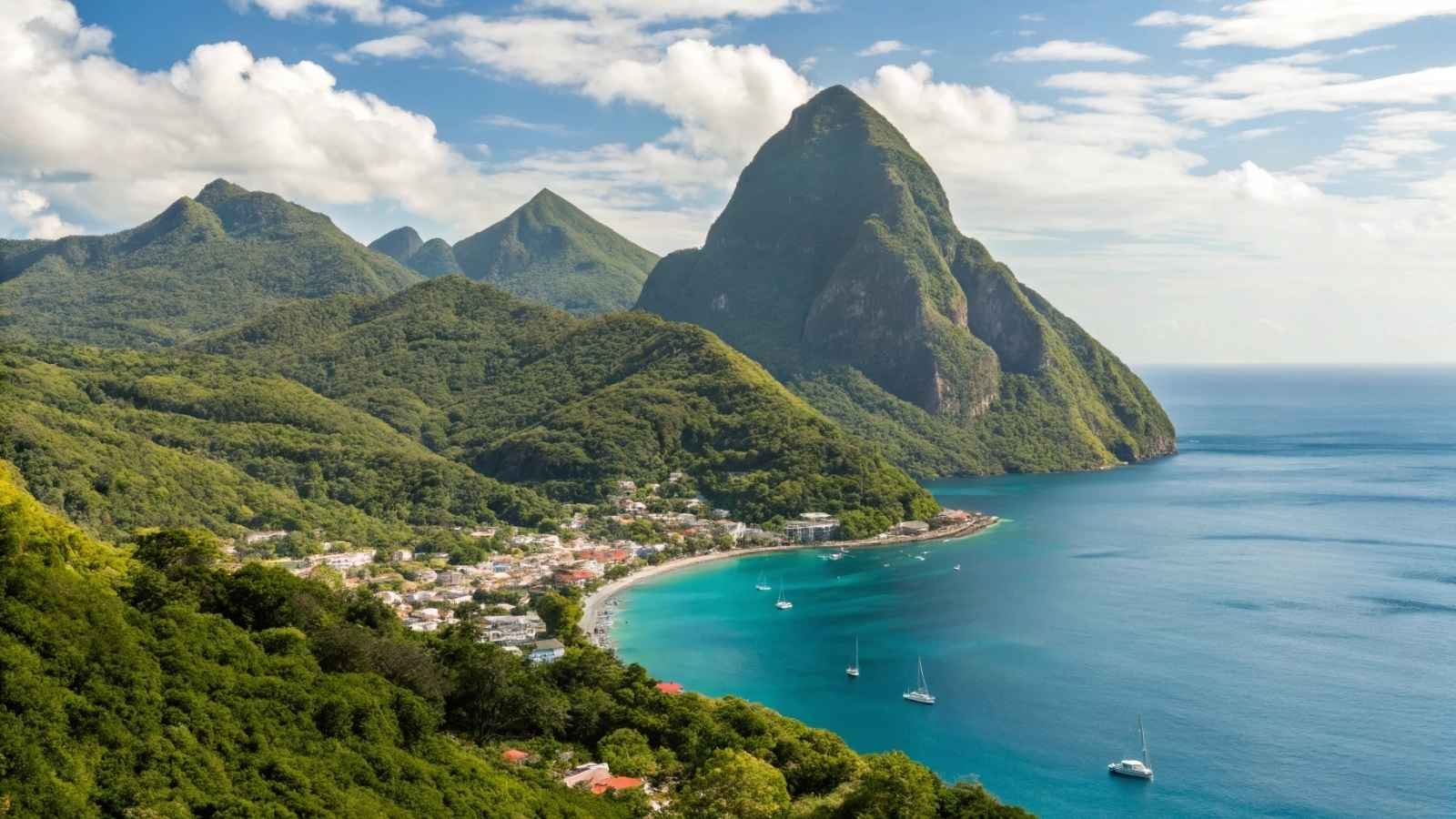
In the Eastern Caribbean, Saint Lucia is doing something revolutionary—turning its colonial past into a platform for cultural rebirth. Through the island’s “Living Heritage Program,” participants are invited to stay in renovated sugar plantation cottages and immerse themselves in Afro-Caribbean drumming, folk dance, cassava baking, and creole storytelling.
What’s remarkable here is how multi-sensory the learning becomes. You’re grinding spices with a mortar older than your great-grandmother, or painting calabash gourds while elders chant in Kwéyòl. It’s vibrant, layered, and deeply affirming.
Saint Lucia’s program stands out for its celebration of resistance and resilience, from Maroon heritage to Carnival arts. It’s joyful work, full of rhythm and color, where preservation doesn’t mean freezing the past but dancing it forward.
Quick Notes:
- Best Months to Visit: December to May (cooler, drier season)
- Traditional Crafts Offered: Calabash carving, folk drumming, dance, creole cooking
- Language Requirements: English spoken; Kwéyòl immersion encouraged
- Commitment Duration: 1 to 6 months
- Visa Type: Cultural Residency Visa (run through Saint Lucia Heritage Foundation)






